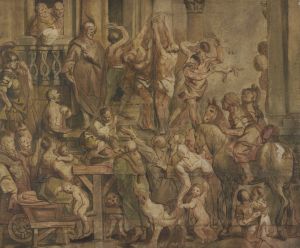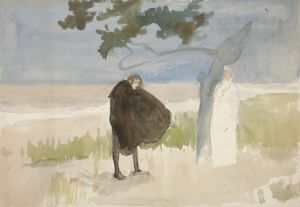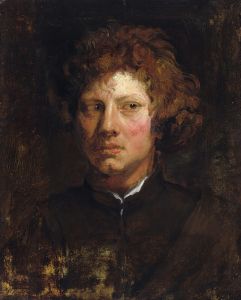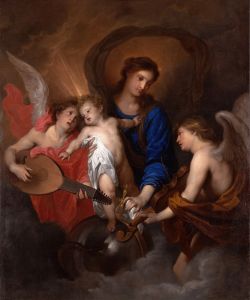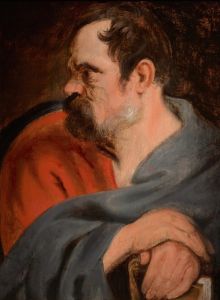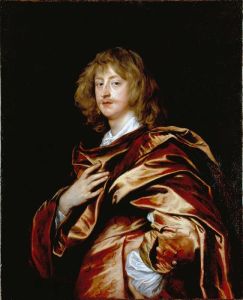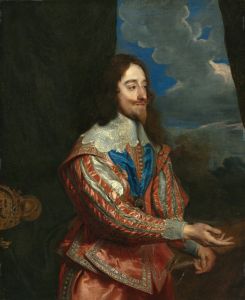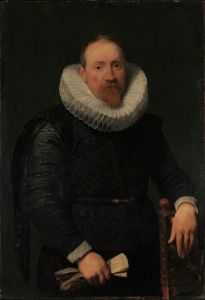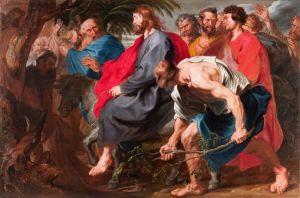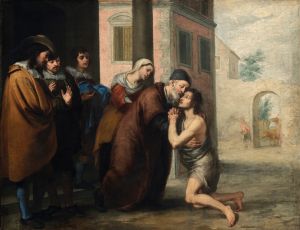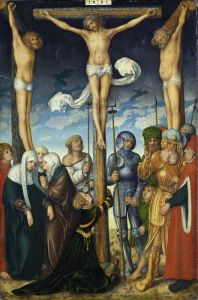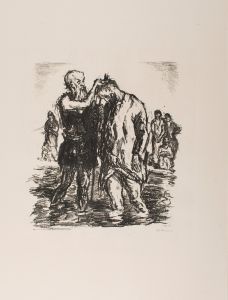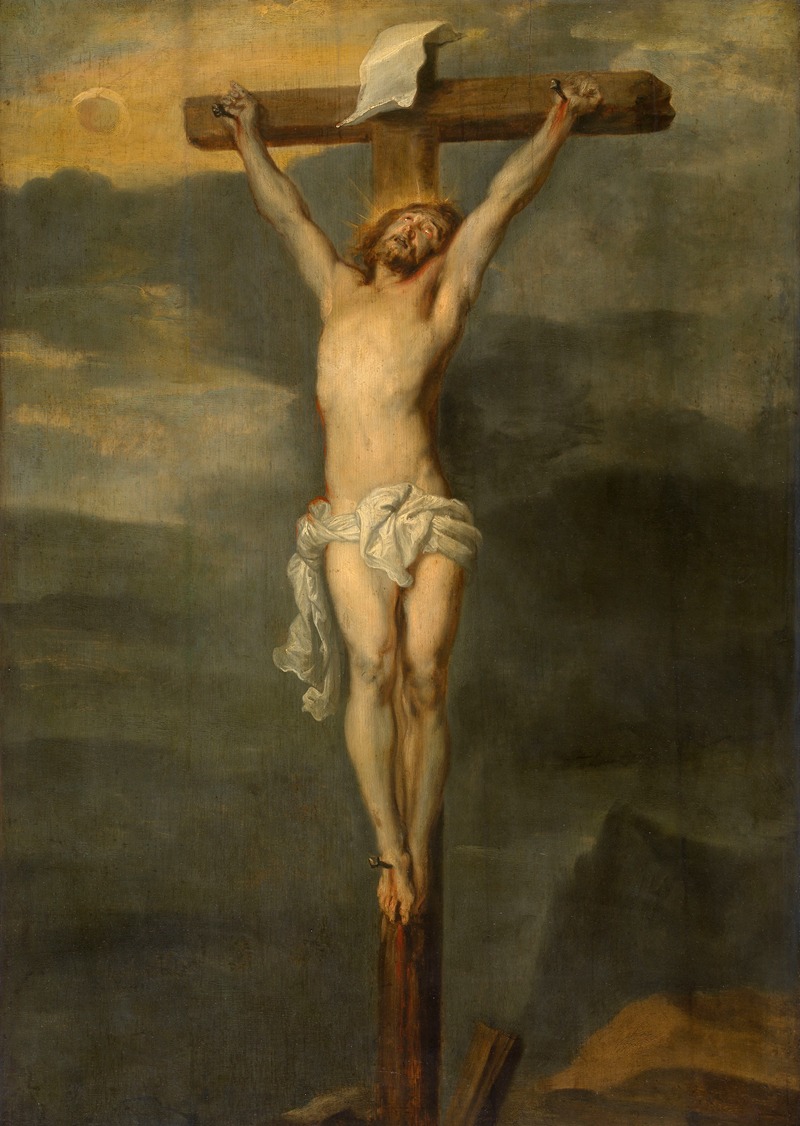
Christ on the Cross
A hand-painted replica of Anthony van Dyck’s masterpiece Christ on the Cross, meticulously crafted by professional artists to capture the true essence of the original. Each piece is created with museum-quality canvas and rare mineral pigments, carefully painted by experienced artists with delicate brushstrokes and rich, layered colors to perfectly recreate the texture of the original artwork. Unlike machine-printed reproductions, this hand-painted version brings the painting to life, infused with the artist’s emotions and skill in every stroke. Whether for personal collection or home decoration, it instantly elevates the artistic atmosphere of any space.
"Christ on the Cross" is a painting by the renowned Flemish Baroque artist Anthony van Dyck. Van Dyck, born in 1599 in Antwerp, was a prominent painter who became one of the most influential artists of the 17th century. He is best known for his portraits, but he also created significant religious and historical works. "Christ on the Cross" is one of his notable religious paintings, reflecting the intense emotional and spiritual themes characteristic of the Baroque period.
The painting depicts the crucifixion of Jesus Christ, a central event in Christian theology. Van Dyck's interpretation of this scene is marked by its dramatic use of light and shadow, a technique known as chiaroscuro, which he mastered under the influence of his mentor, Peter Paul Rubens. This technique enhances the emotional impact of the scene, drawing the viewer's attention to the suffering and sacrifice of Christ.
In "Christ on the Cross," Van Dyck portrays Jesus with a serene yet sorrowful expression, emphasizing his humanity and divinity. The figure of Christ is centrally positioned, dominating the composition, and is rendered with a sense of grace and dignity. The background is typically dark, which serves to highlight the illuminated body of Christ, creating a powerful contrast that is visually striking.
Van Dyck's work often reflects his ability to convey deep emotion and spirituality, and "Christ on the Cross" is no exception. The painting captures the moment of Christ's crucifixion with a sense of reverence and solemnity. The artist's attention to detail is evident in the anatomical precision of Christ's body and the realistic depiction of his wounds, which add to the painting's emotional depth.
The painting is believed to have been created during Van Dyck's Italian period, which lasted from 1621 to 1627. During this time, he was heavily influenced by the works of Italian masters such as Titian and Caravaggio, whose dramatic and expressive styles left a lasting impact on his own artistic development. This influence is apparent in the dynamic composition and emotional intensity of "Christ on the Cross."
"Christ on the Cross" is housed in various collections, with different versions and copies attributed to Van Dyck and his workshop. The painting's exact provenance can vary, as Van Dyck often produced multiple versions of his works, a common practice among artists of his time to meet the demands of patrons and collectors.
Anthony van Dyck's "Christ on the Cross" remains a significant example of Baroque religious art, showcasing the artist's skill in combining technical mastery with profound emotional expression. The painting continues to be admired for its artistic merit and its ability to convey the spiritual and human aspects of one of Christianity's most pivotal events.





